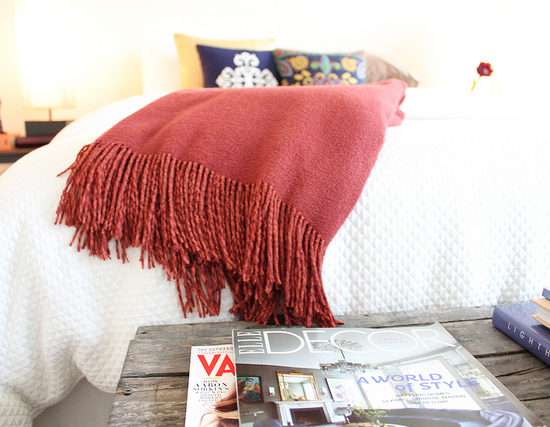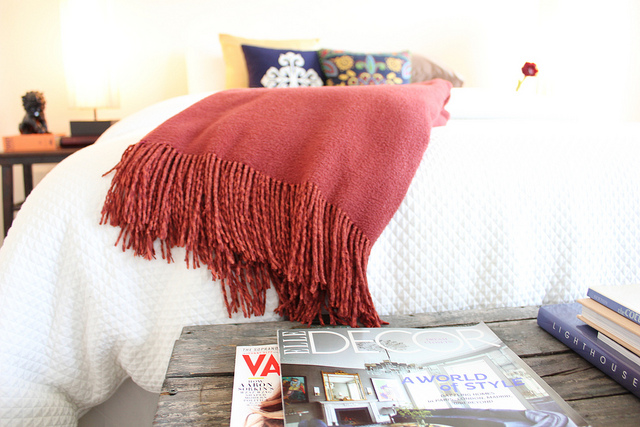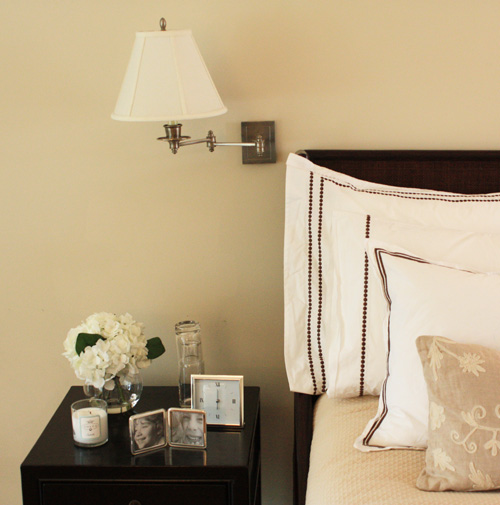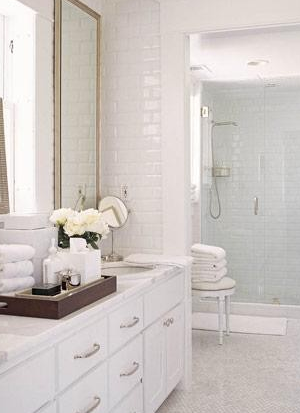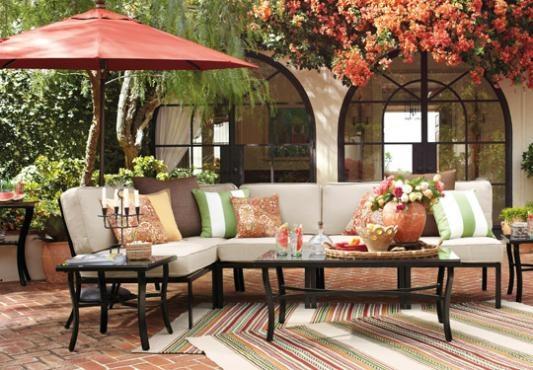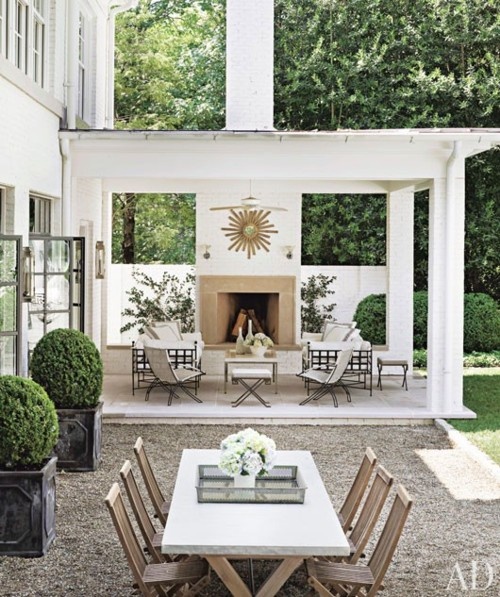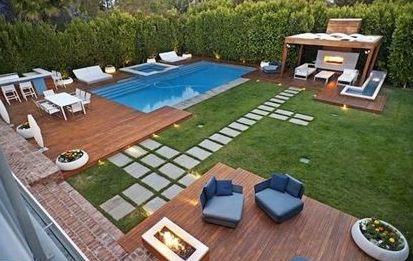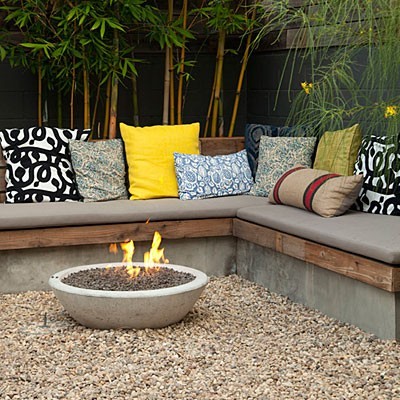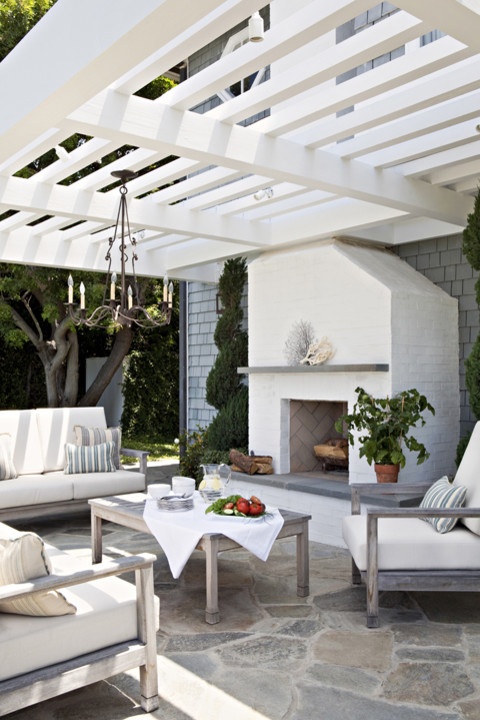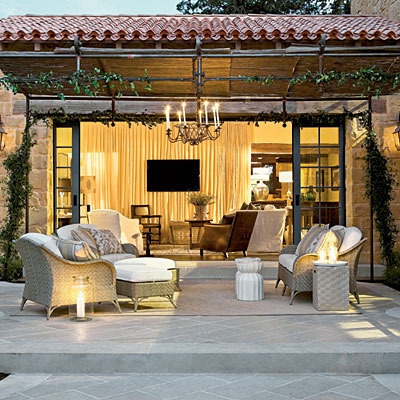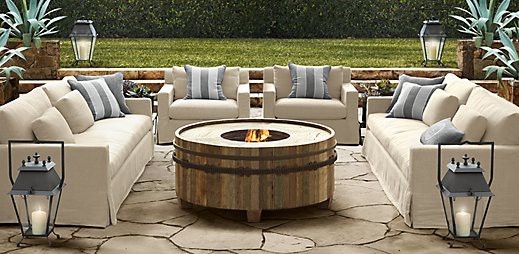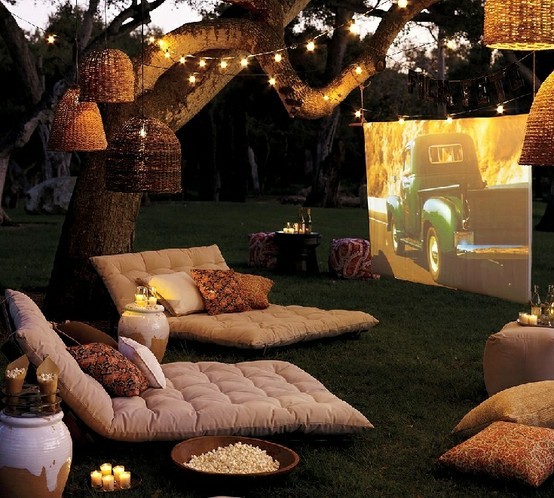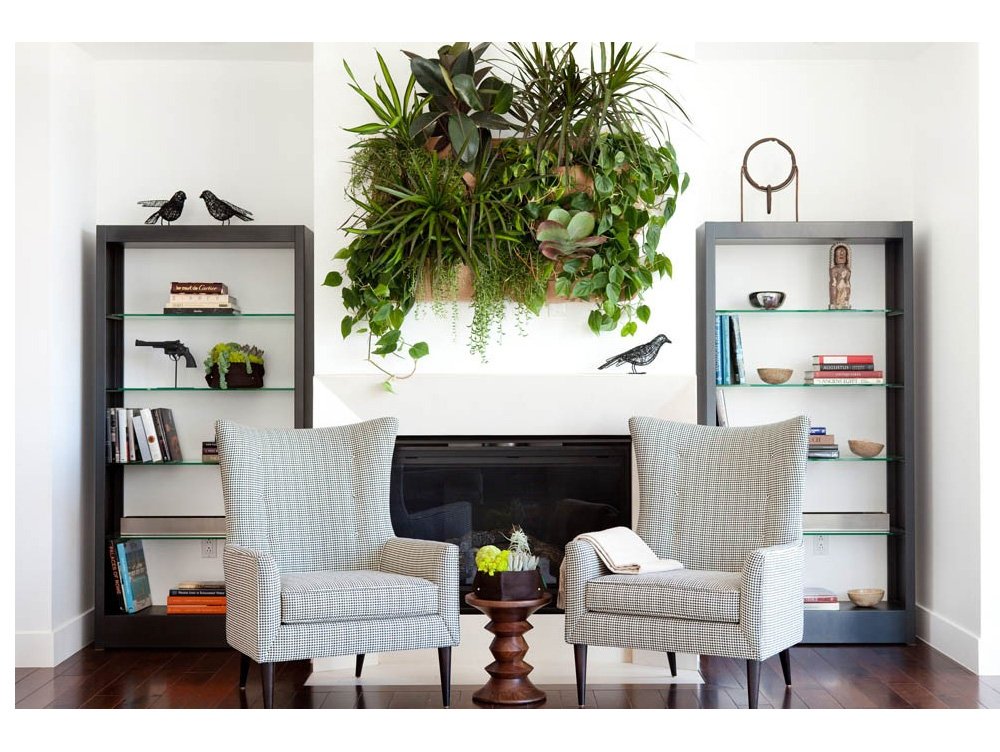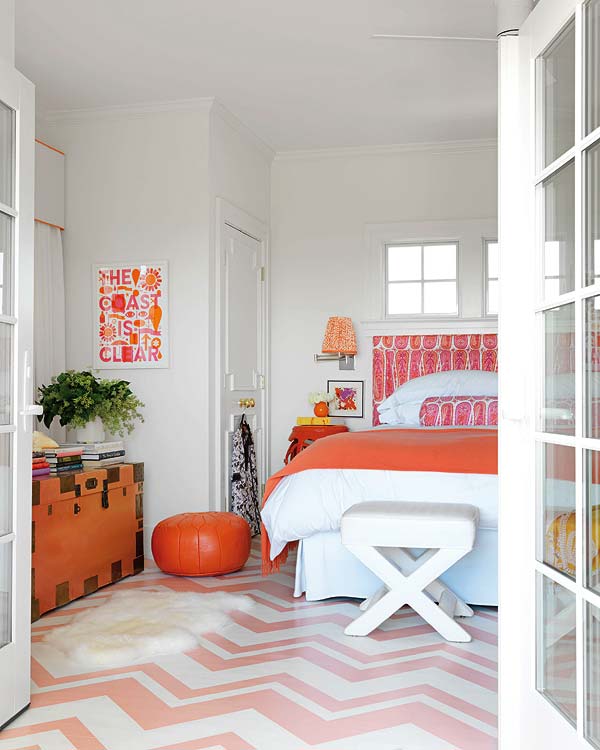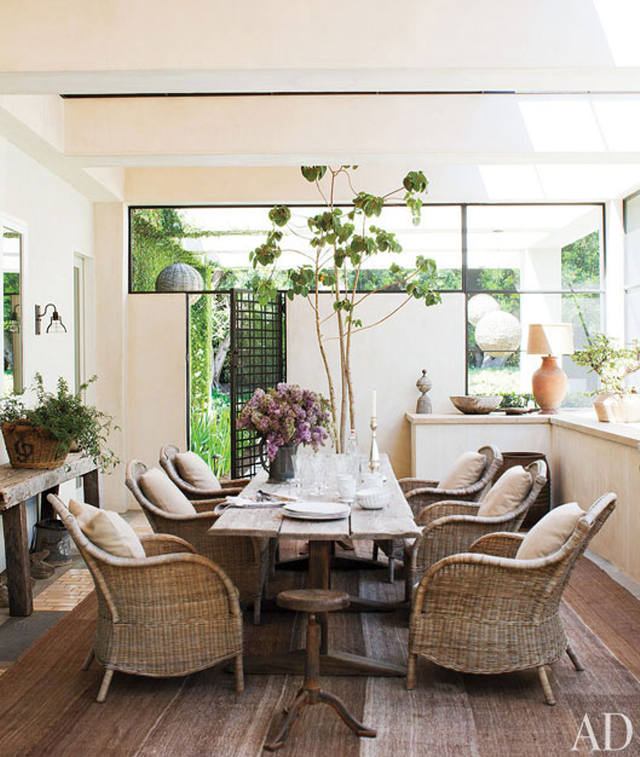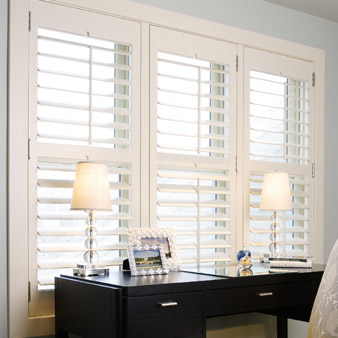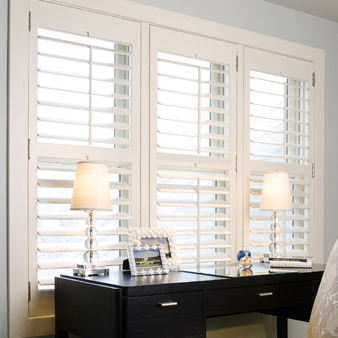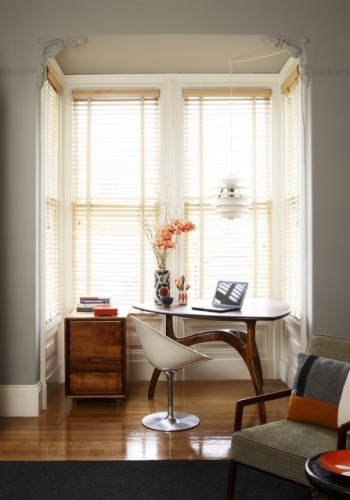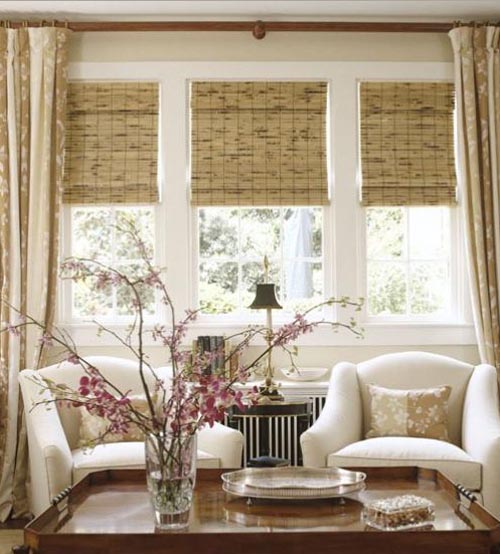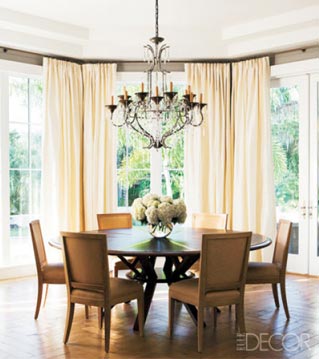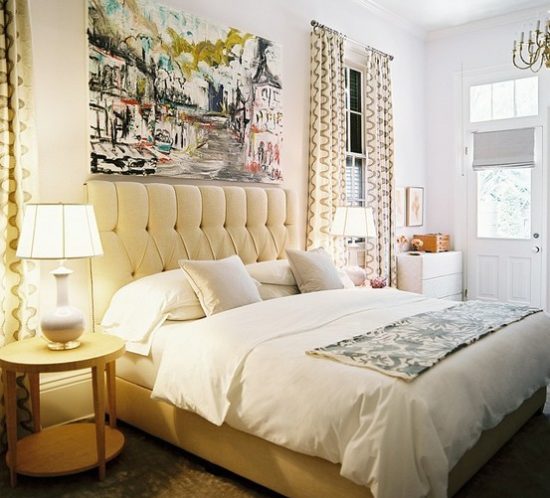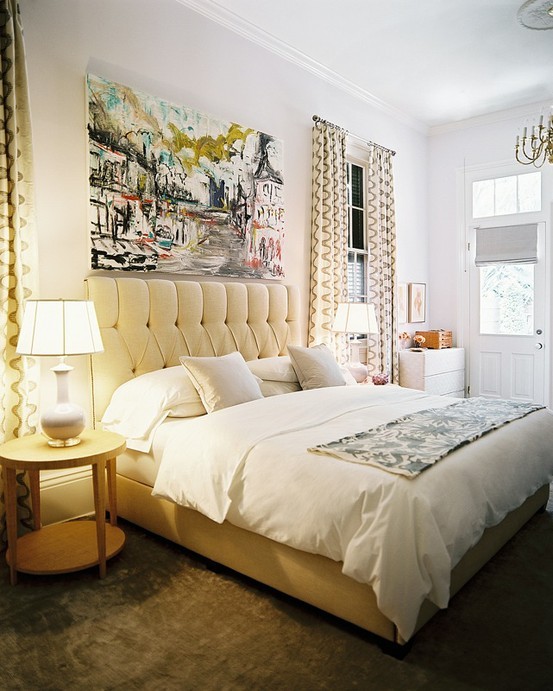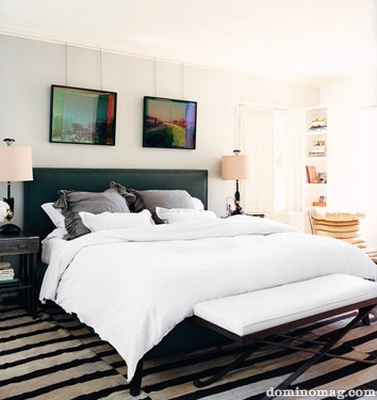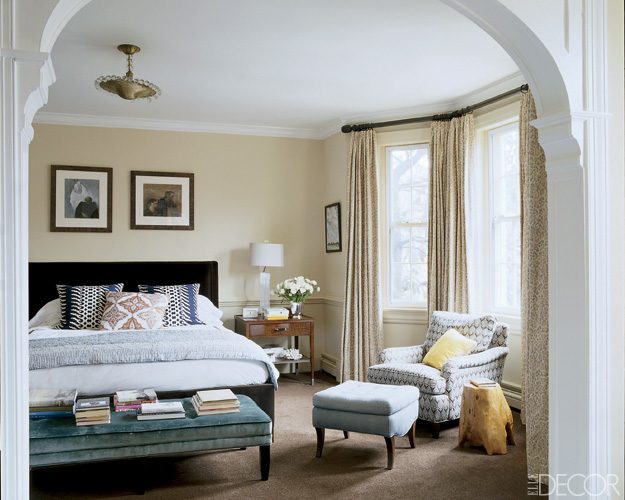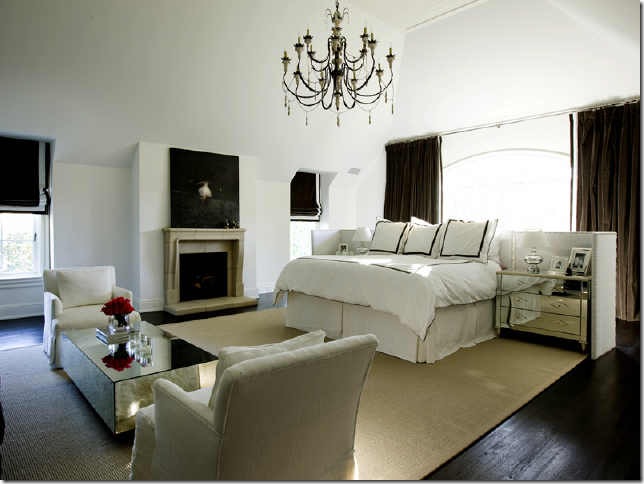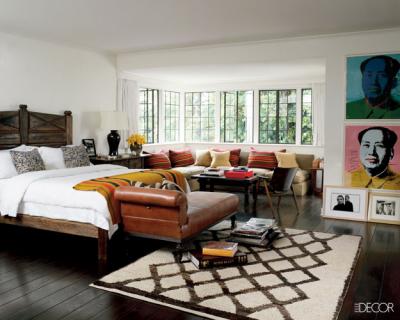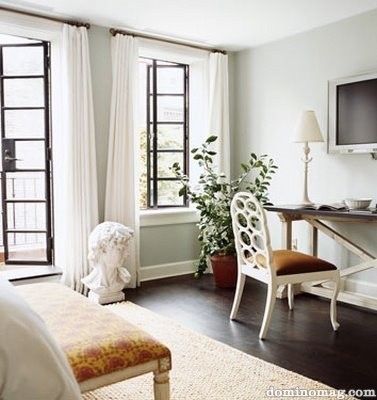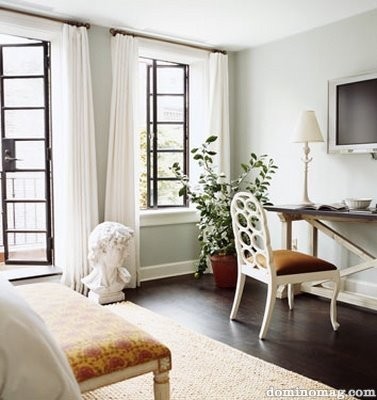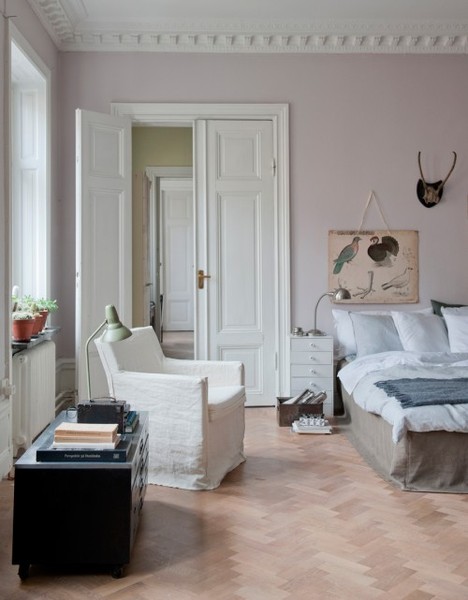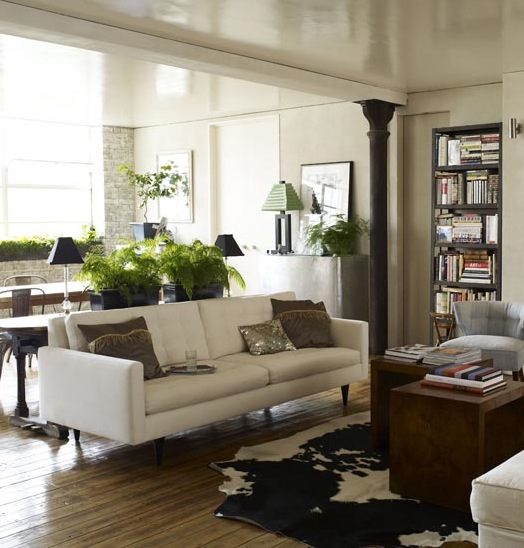How To: Make Overnight Guests Feel At Home
Summertime is always a fun time of year to invite guests for an overnight or weekend stay. It means they can linger longer at your BBQ or cocktail party and enjoy brunch with your family the next day. So when you have guests coming to stay with you, it’s nice to go the extra mile to make your guest room especially inviting. Now if you haven’t given much thought to your guest room (in which case you’re not alone) we’ve got good news for you! It’s actually quite simple to make it inviting and comfortable for guests, and it can even be done at the last minute. It’s all about the small, but important, details. Those little touches go a long way. Keep reading for some simple tips you can incorporate anytime to turn your spare room into a place your guests will want to come back to again and again.
The Guest Bedroom
First things first- the bed! If your guests don’t get a good night’s sleep, the rest doesn’t matter. Make sure that the bed linens are freshly cleaned and laundered. There’s nothing better than crisp, clean sheets and your guests will thank you for it. (Use fragrance-free laundry detergent in case they have allergies). The bed should also have plenty of layers so guests can choose the coverage they want without having to hunt through closets for extra linens. It’s nice to provide some extra pillows on the bed too. And keep extra blankets nearby or drape a stylish, cozy throw at the foot of the bed or on a nearby chair.
Once you’ve got the bed dialed in, focus on some of the smaller details that we feel make all the difference. The bedside table is a key guest room element, so make sure you set yours with the essentials. A bottle of water and a glass (an all-in-one bedside carafe is a great option) is important so that guests won’t need to navigate their way to the kitchen when they’re thirsty in the middle of the night. A pretty bouquet of fresh-cut flowers lends a charming and cheerful touch, but keep it simple. A small bud vase will work just fine. And stock your guest room with a few good reads, especially if there’s not a television in the room. Go for a combination of books and magazines that are easy to flip through. Fashion, interior design and travel are all good options. If your guests are arriving in the evening, set a mellow mood with dimmed lighting and a burning, unscented candle. It’s also nice to give guests a place to sit other than the bed. You may need to bring a cozy chair or chaise lounge into the room but a bench or simple chair will work just fine. And make sure to stock the closet with a few hangers- we go for the wooden option.
The Guest Bathroom
Make sure there are clean towels in every size- bath, hand and washcloth. I also like to place a basket with a blow dryer, shampoo and conditioner, a shower cap and some shower gel, lotion and a good hand cream in the bathroom just in case my guest forgot anything at home. You can also fill the medicine cabinet with any other items they might need, such as Band-Aids or mouthwash. A toothbrush, toothpaste and floss are also good to offer. And don’t forget, guests don’t want to ask you for extra toilet paper. Place a new, full roll on and store a few extras in the bathroom cabinet where guests will easily spot them. And, for the ultimate in luxury, stock the guest bathroom with a plush robe and French-milled soaps.
These few simple details will go a long way towards transforming a spare room into your guest’s home away from home!


